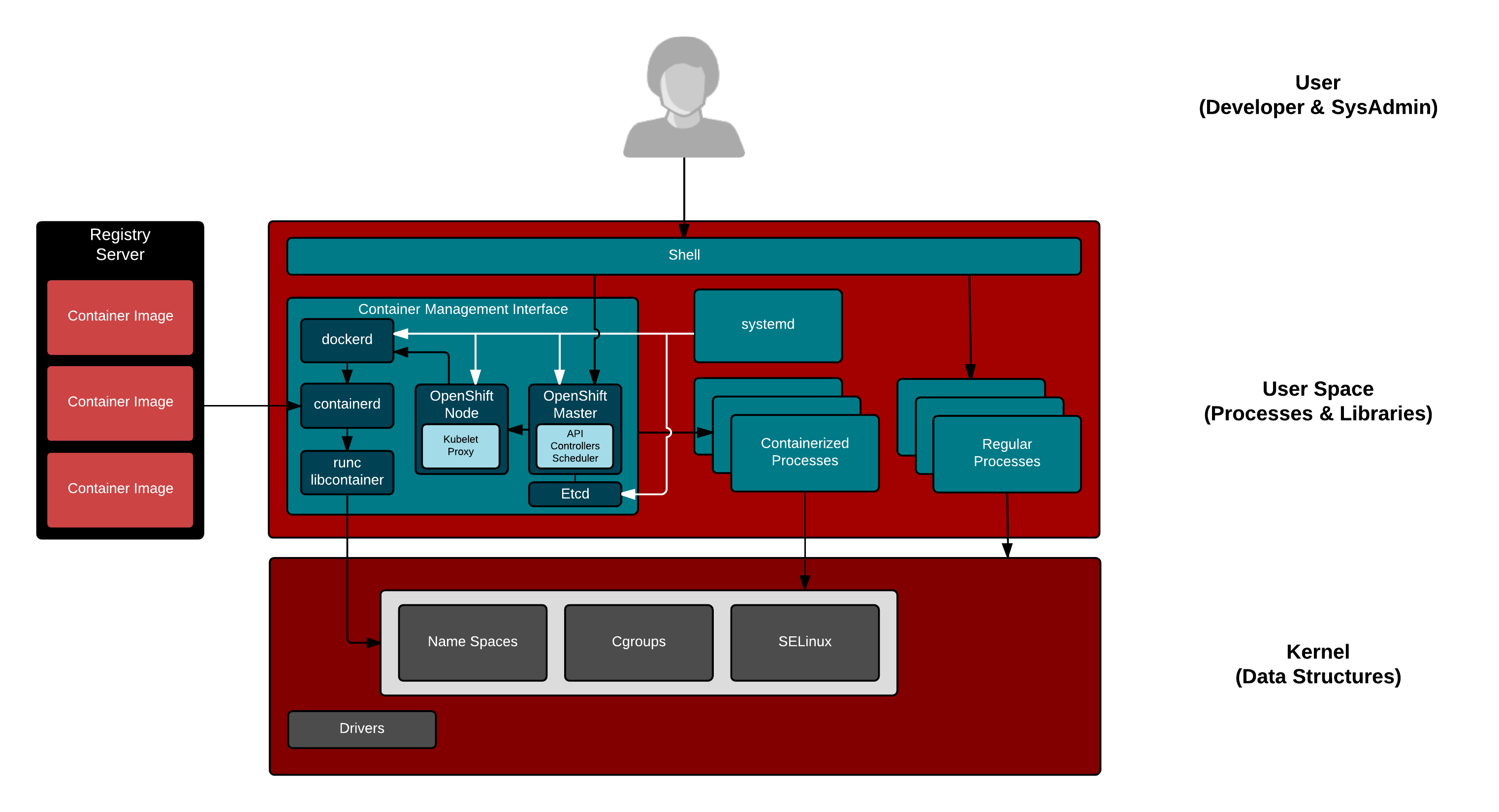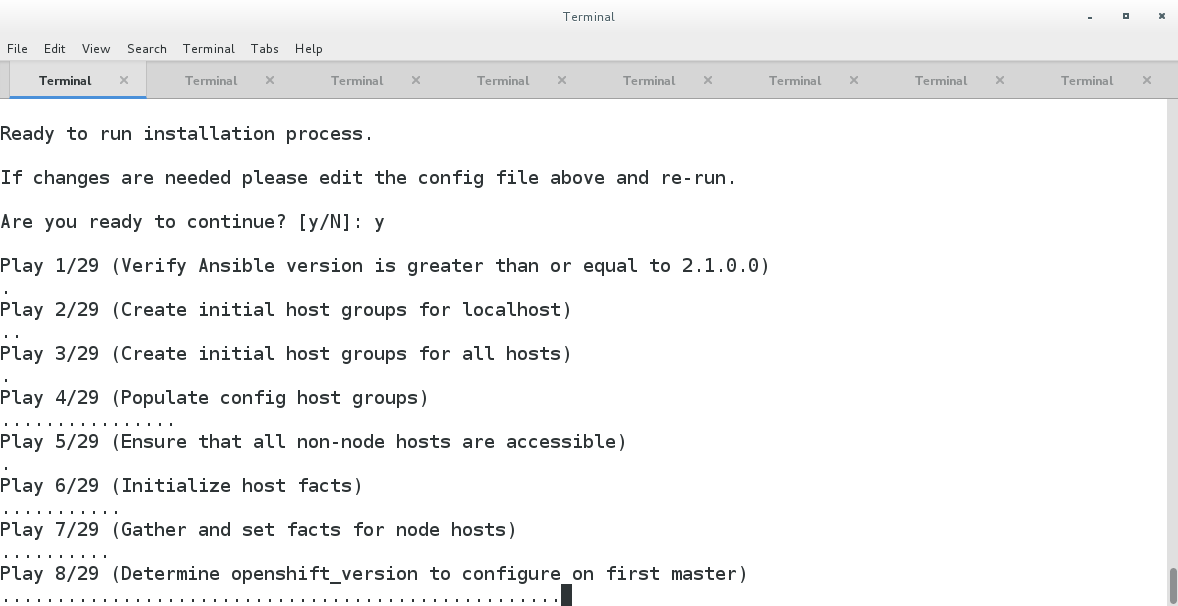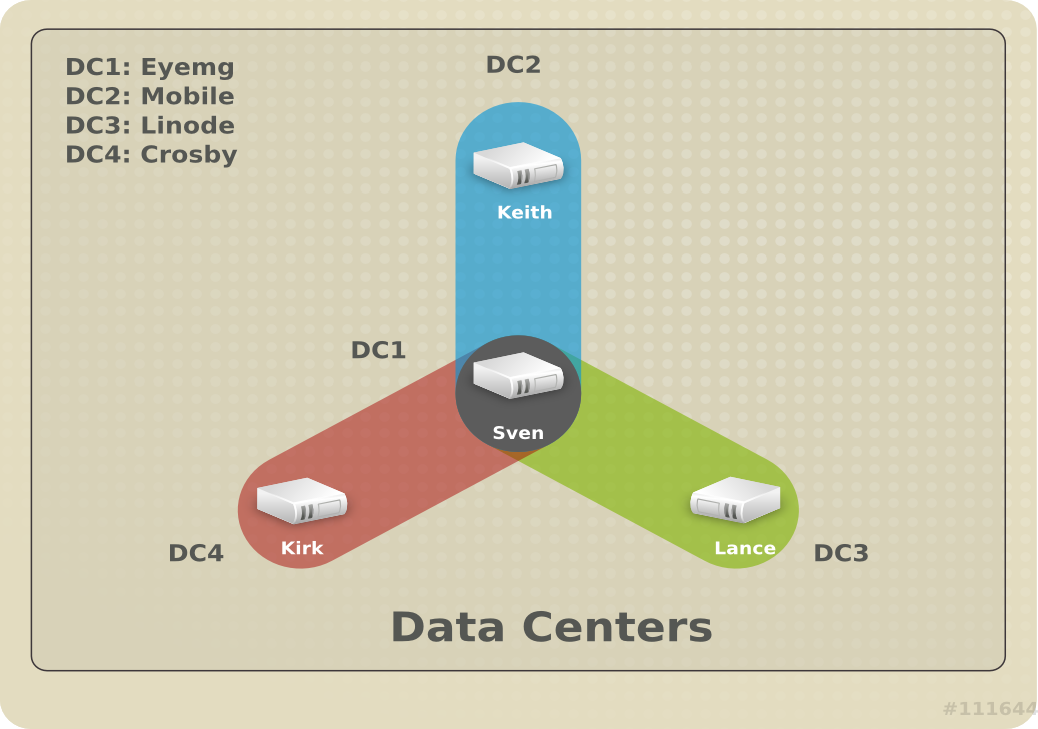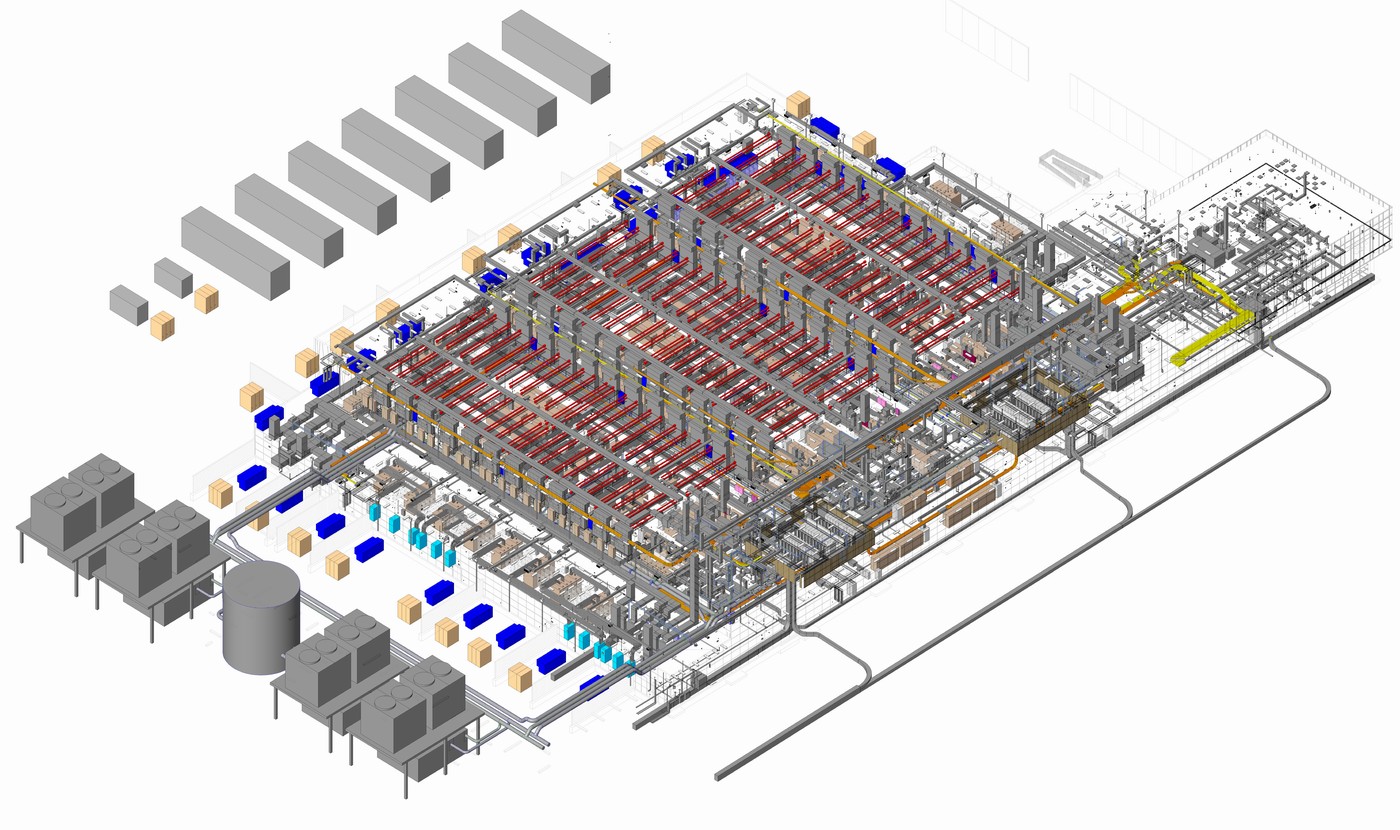A Brief History in Code Portability Do you know why you can take a Python program and run it on any computer that has a Python interpreter on it? Well, because the computer industry has made a huge amount of investment into providing portability over the last 70 years. In the beginning, computers didn’t have
Container Portability: Part 1









